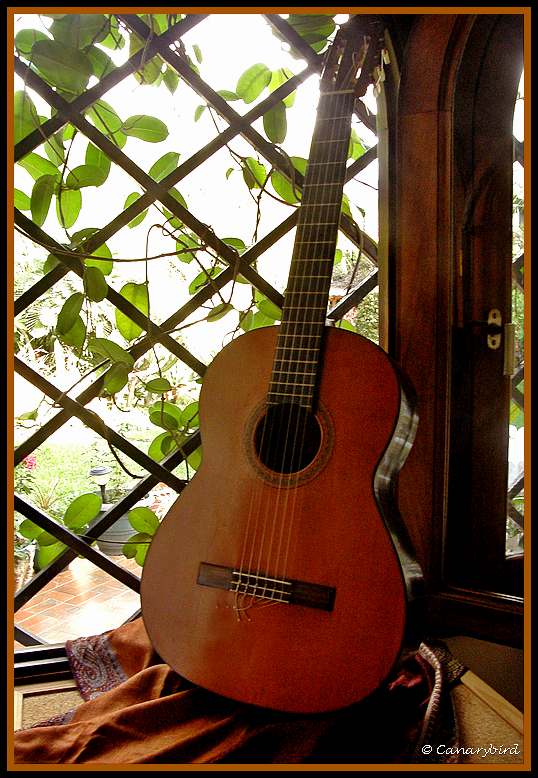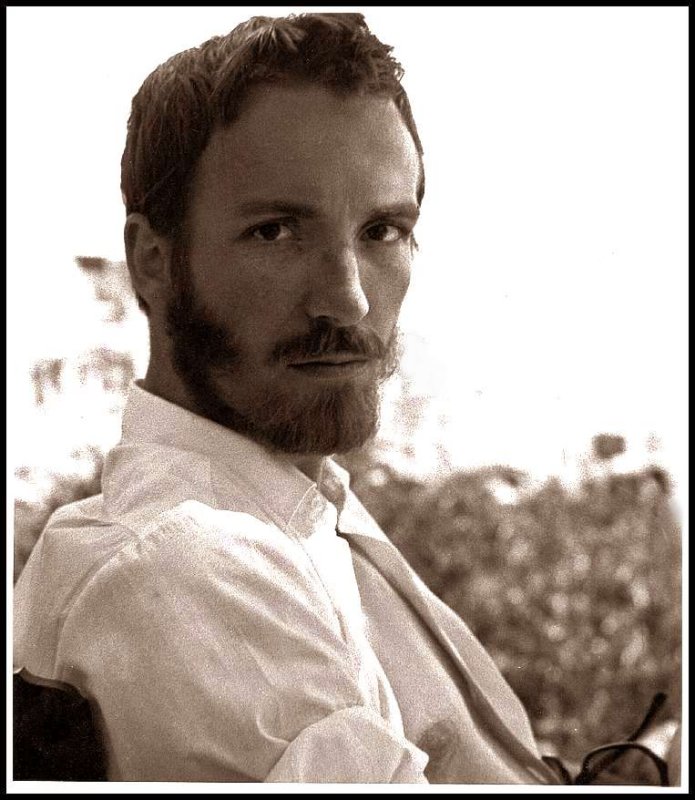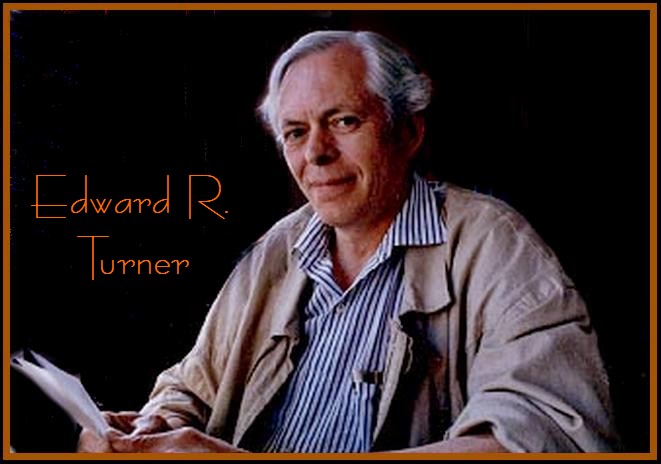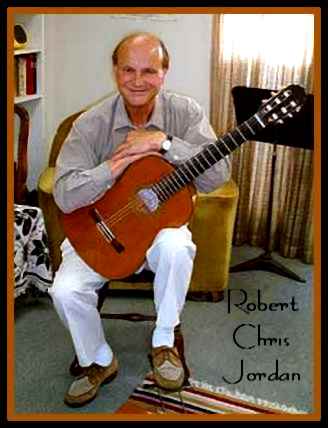Sometimes a small step off the main road can lead to a life change. A detour from one’s customary path can at times be the passageway to another existence. So it was with me one day in Vancouver, when walking along Tenth Avenue in the early 1960s. I saw a store that I hadn't noticed before. 'The Mediterranean Shop' was written over the doorway and I was intrigued, so I walked in.
And there my life changed.

At the time, I was a young wife and mother of two little girls and I was searching for a creative outlet. My husband was just finishing university and we had no money for paints or art equipment.
My Vancouver Regional Library card was well worn but just reading wasn't enough. I had heard Andres Segovia playing classical guitar and was captivated by the special sound of that instrument.
So that day when I saw guitars hanging in The Mediterranean Shop I was drawn inside where I was greeted by a tall, grey-haired man who spoke with a slight British accent. He told me the guitars on the wall were made in his own factory in Palma de Mallorca, Spain. His name was George Moore Bowden and his guitar factory in Spain was called Los Guitarreros de Mallorca.
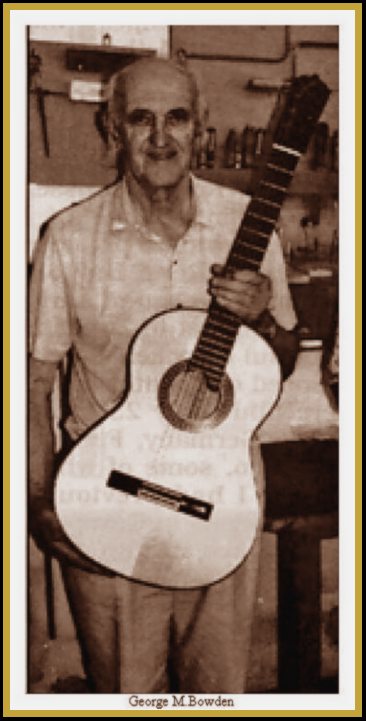
When I realized that here were Spanish-made guitars I enquired about lessons.....was there a teacher near? He responded that he had a good teacher named Bill Lewis who was at that time taking master classes in California with Andres Segovia but he would be returning soon to teach in the shop. Although I had no money for lessons, I signed up. I knew from where I could borrow an old nylon stringed guitar and that would have to do. (We were so poor that we reused teabags, stringing them up on a rail in the kitchen with clothespegs to dry until the next day.)
 With my girls and my beehive hairdo in Stanley Park, Vancouver.
With my girls and my beehive hairdo in Stanley Park, Vancouver.I was excited to start taking lessons from Bill Lewis. He was a man who played classical well and could impress me and others with his flamenco rasgueado, although that wasn't going to be my genre.
YouTube~rasgueado (Caution...it's very loud!)
I would be taking the Aaron Shearer Classic Guitar method. It was a surprise to learn that I’d be using a little footstool for my left foot. I hadn't noticed that classical guitarists didn't usually play with their guitar slung horizontally over one knee.
I took to the instrument with a passion. Since I’d had piano lessons and choir experience in the past, I could read music and had a knowledge of theory and harmony. After a few weeks I could also tune the guitar myself with the help of the little pitch pipe that was used for this.
 Volume One of Aaron Shearer was my introduction to Classical Guitar and the book I was later to use for my beginner students. It was very well written and easy to follow.
Volume One of Aaron Shearer was my introduction to Classical Guitar and the book I was later to use for my beginner students. It was very well written and easy to follow.At the time I’d also heard Julian Bream playing J.S. Bach’s Chaconne, written originally for violin in D minor,but heard first by me played on classical guitar.
Yehudi Menuhin plays Part one on You Tube.
Part two is on the same page.
Although we had only an old and very large tape recorder and no record player, I played that piece over and over again. Every day found me practicing scales, arpeggios and the first little studies of Aaron Shearer, in between caring for the small apartment and children. It was thrilling to be able to produce such sounds even from a simple and old guitar.
Chaconne - Part One
Chaconne - Part Two
Parts One and Two of the Chaconne by J.S. Bach played by Andres Segovia on guitar. (YouTube)
Then Mr. G. loaned me one of his Spanish made guitars. It was a model with a slightly longer neck, and I would have an even harder reach with the left hand fingers. He said he would like me to try it out as it was a bit different from his other models. I was finally able to start playing a real guitar that had been made in Spain. It sounded beautiful and I was in heaven!
Continue on to Chapter 14......Vancouver Flashback II - My Students and Edward R. Turner
Go back to Chapter 12......The Guitar Factory
Photo credit of G.Bowden to "Classical Guitar",
Newcastle - 1994, article by Ivor Mairants.



